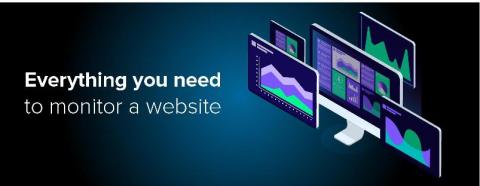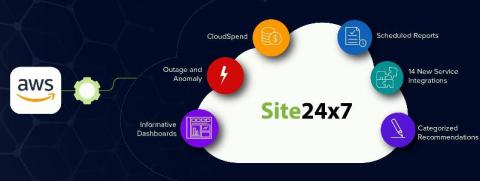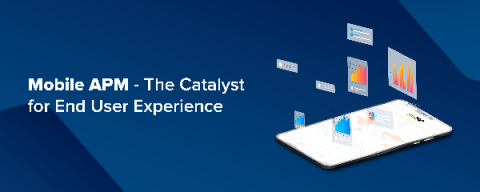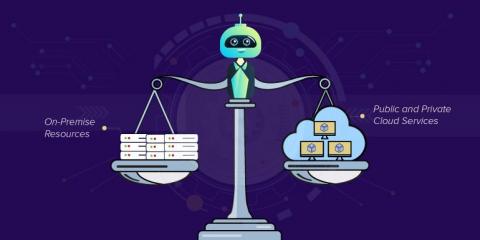Four reasons why SMBs need network monitoring
As businesses grow, so do their networks and the challenges that come along with managing them. For small and medium-sized businesses (SMBs), however, tight budgets and fewer resources make it even more challenging for network admins to manually track and monitor all network elements. Without a proper tool in place, even simple issues like poor internet connectivity and network outages can bring down a service.







